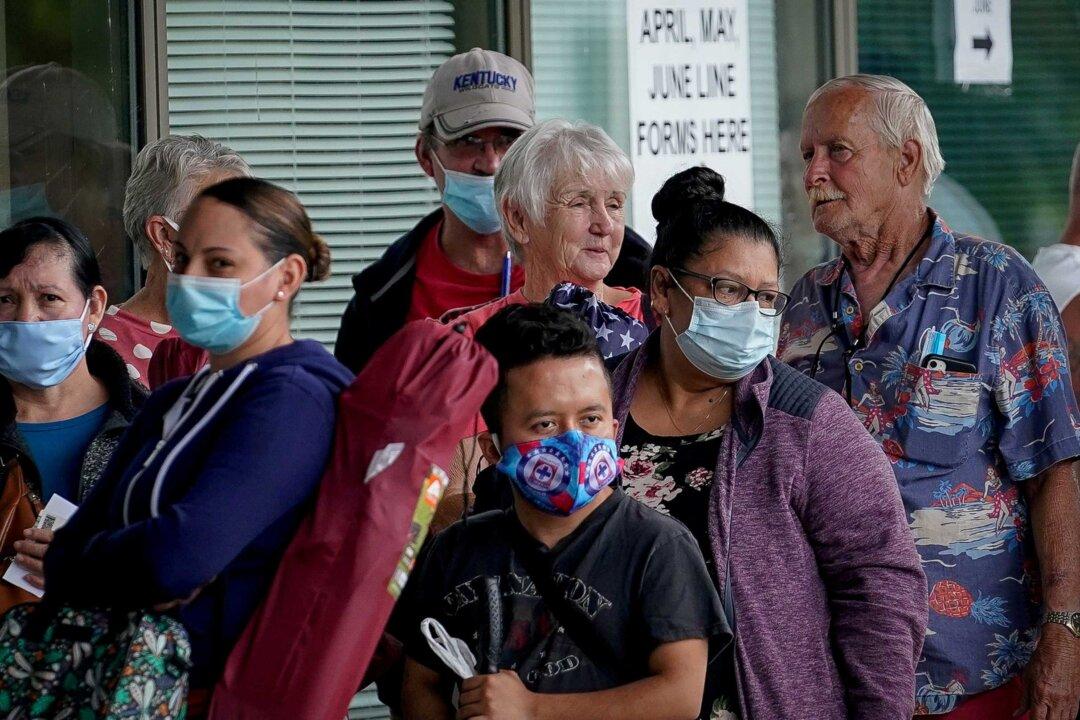A Labor Department report on Feb. 3, showed that the number of Americans filing new weekly jobless claims fell 23,000 to 238,000, more than expected last week, as the Omicron variant subsided, a second straight weekly decline.
Economists polled by Reuters had earlier forecast 245,000 jobless benefit applications.Jobless applications fell sharply in Ohio, Kentucky, and Illinois, offsetting rises in Michigan, California, Indiana, and Pennsylvania.





